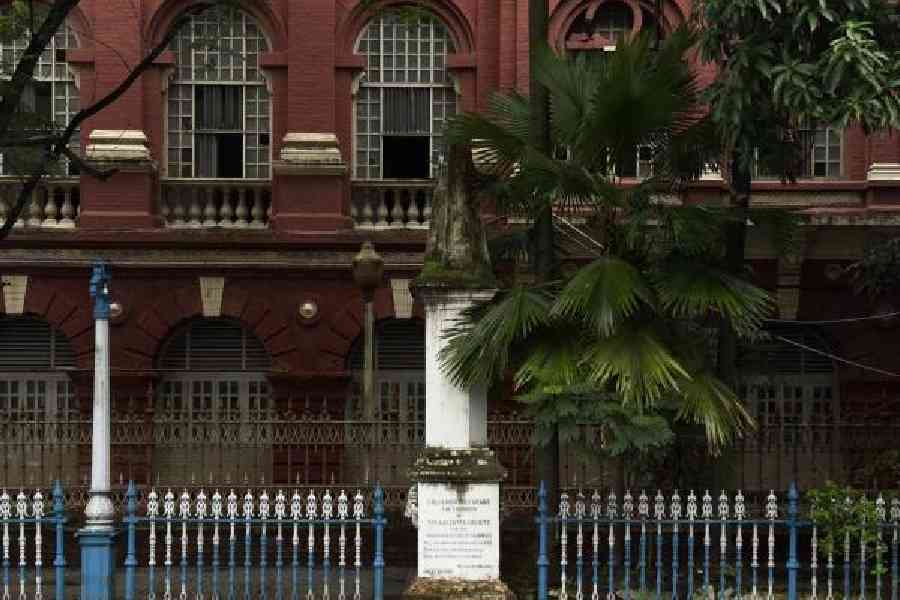While London grappled with the notorious “Brown Dog affair” in 1903 — a public outcry over the vivisection of a stray dog by renowned physiologist Dr William Bayliss — Calcutta had already been protecting animals for over four decades. The man responsible was Colesworthey Grant, whose pioneering work in animal welfare predated Britain’s own reform movement.
Now, as the Supreme Court’s order on removing stray dogs from Delhi-NCR grips the nation, a 144-year-old obelisk on the pavement near Writers’ Buildings stands as a quiet reminder of this forgotten hero. The few dogs that wander past it remain oblivious to both the current controversy and the legacy of the man it commemorates.
Grant arrived in Calcutta in 1832 at age 19, initially helping his brother’s clock and watch business. Even then, living on Hare Street, he was devoted to his Persian cat, foreshadowing a lifelong concern for animal welfare. His career flourished as he became an artist, author, and drawing master at Bengal Engineering College and Presidency College.
By 1838, Grant was contributing lithographed sketches to the India Review and Calcutta Monthly Journal, and illustrating works, including British surgeon Frederic J. Mouat’s atlas of human anatomy.
But it was his growing distress over the “cruel treatment of animals in the city” from 1849 onwards that would define his lasting legacy.
In 1861, Grant founded the Calcutta Society for the Prevention of Cruelty to Animals (CSPCA) on what is now Bipin Behari Ganguly Street. Lord Elgin became patron, while the Royal Society of London offered its expertise. The organisation was desperately needed — Calcutta’s streets were filled with wounded cattle and horses.
According to Peary Chand Mitra’s biography of Grant, the CSPCA employed two “European agents” who warned drivers and owners against violating laws on animal cruelty. Prosecutions began eight weeks after warnings were issued, marking India’s first systematic approach to animal protection enforcement.
Grant’s compassion extended beyond prosecution. He helped establish a water fountain at the northeast corner of Laldighi so thirsty animals could drink freely.
Shortly before his death, Grant received the Honourary Diploma of the Royal Society for the Prevention of Cruelty to Animals, recognising his “increased devotion to the cause of humanity”.
His memorial obelisk still stands, flanked by lion heads, in a city that loves its monuments. As contemporary India wrestles with balancing urban development and animal welfare, one wonders what this 19th-century pioneer would make of today’s debates about dogs and laws.











